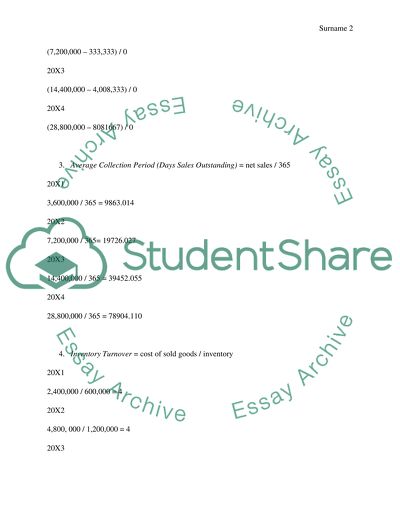Ratios assignment Example | Topics and Well Written Essays - 750 words. Retrieved from https://studentshare.org/finance-accounting/1646189-ratios-assignment
Ratios Assignment Example | Topics and Well Written Essays - 750 Words. https://studentshare.org/finance-accounting/1646189-ratios-assignment.


